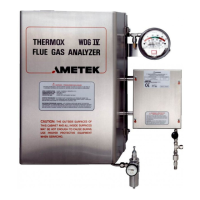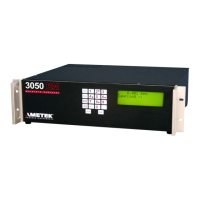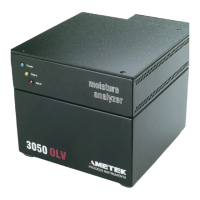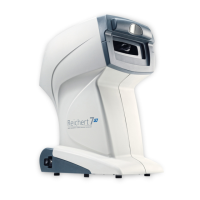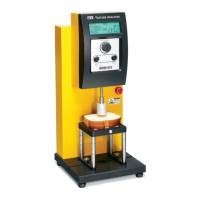PN 903-8797, Rev A
Types of Status Codes
There are Status Codes (SCodes) and Extended Status Codes (XSCodes) for a
wide variety of events. SCodes are used to inform the operator which particu-
lar conditions gave rise to a Warning or Fault alarm. Similarly, XSCode is ob-
tained by summing the primary codes of any coexisting conditions. Corrective
action for all SCodes and XSCodes can be seen in the troubleshooting charts.
The primary codes from which SCode and XSCode are derived are also dened
in the troubleshooting charts. If two or more conditions exist simultaneously
the SCode is the sum of the primary codes of the coexisting conditions.
While working from the User Interface, you can display the codes by repeated-
ly pressing the ‘+’ button. Pressing ‘+’ displays each primary SCode or XSCode
on the User Interface (Stat\History : SCode or Stat\History : XSCode). The
primary code condition is displayed if the condition exists. If a given SCode or
XSCode condition does not exist, “OK” is displayed. The maximum values are
“255” for SCode and “4095” XSCode.
Interpreting Status Codes and Extended Status Codes
To resolve SCode into its constituent primary codes, subtract the largest pos-
sible primary code (as seen in the “Status Code” troubleshooting chart) from
the displayed code (which is the total sum of all primary SCodes found) and
then subtract the next largest possible primary code, etc., until the remaining
value is the smallest possible primary SCode. At each step, the primary code
being subtracted must not be larger than the remaining value.
Example 1:
The displayed SCode is “13” and XSCode is “2”. This is resolved as follows:
13 Total sum of all primary SCodes found
- 8 w Check XSCode [Advice: Review-Extended-Status-Code]
5 Remaining sum of all primary SCodes found
- 4 w No HC DP [Hydrocarbon-Dewpoint-Temperature-Not-Found]
1 w TimeOut [Stage-Time-Out]
These codes indicate that the actual HCDP temperature of the sample gas is
below the Low setpoint temperature of the mirror and that either the High
setpoint temperature is too high or the surrounding ambient temperature is
too low. If the ambient temperature is too low, the heating of the area around
the analyzer may require adjustment, service, or an upgrade.
4-42 | 241CE II Hydrocarbon Dewpoint Analyzer

